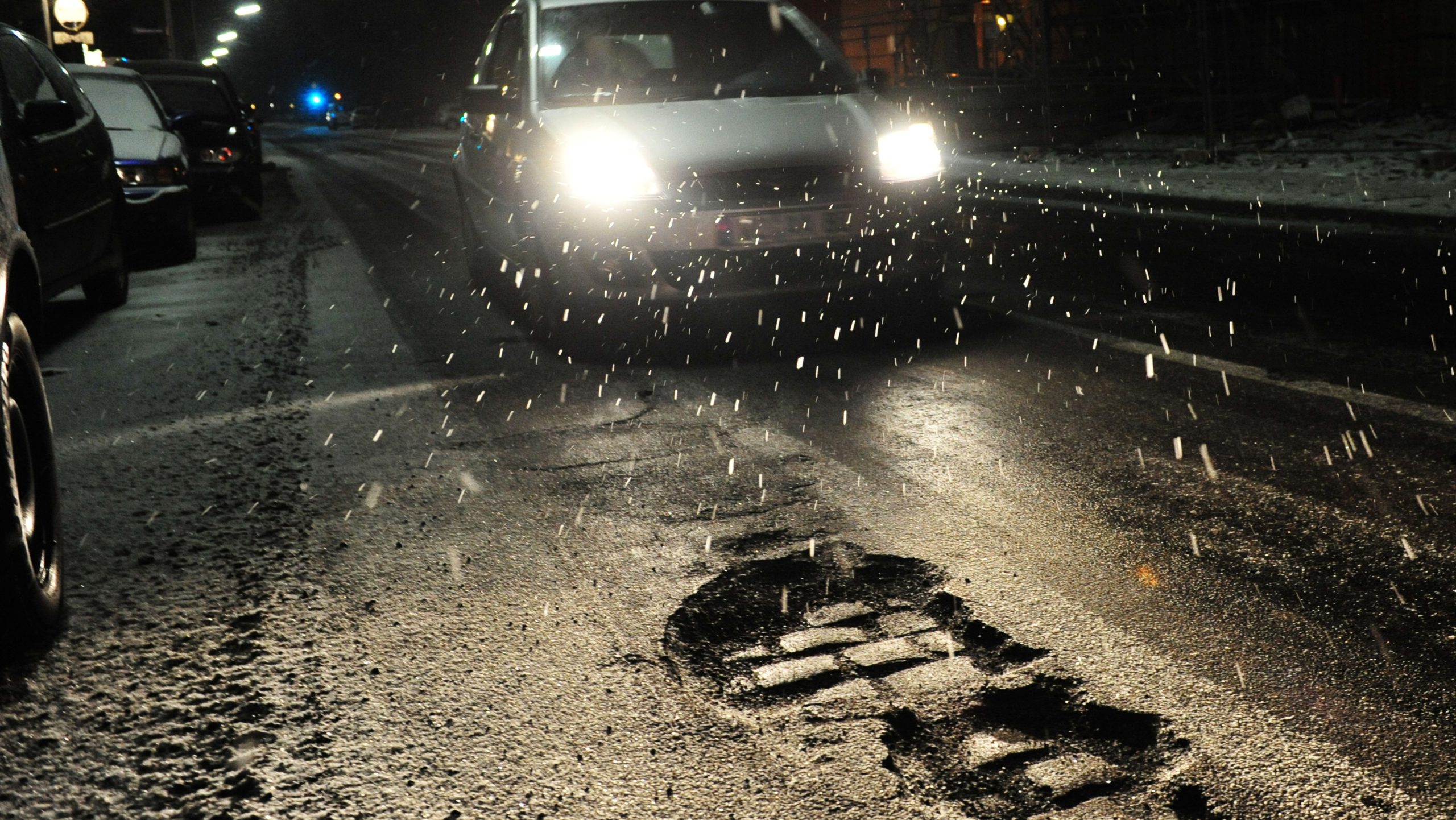We believe that gritting companies play a crucial role in ensuring safety on roads during winter months by spreading salt and other materials to prevent ice formation. In recent years, there has been a growing emphasis on how de-icing can be more sustainable. Here, we explore how they can be.
Eco-friendly grit
One way gritting companies like us are becoming more sustainable is by using eco-friendly de-icing agents. These agents are less harmful to the environment compared to traditional rock salt and chemicals. By incorporating these greener alternatives into their operations, companies are reducing their carbon footprint and helping to protect ecosystems.
Better tech
Furthermore, many gritting companies are investing in innovative technology to optimise their routes and usage of materials. By utilising GPS tracking and weather forecasting systems, they can more efficiently deploy their vehicles and resources, reducing unnecessary fuel consumption and waste. This not only benefits the environment but also improves the overall effectiveness of their services.
Training staff
Gritting companies like us are increasingly focusing on training their staff in sustainable practices. By educating employees on the importance of environmental stewardship and providing them with the tools to implement sustainable strategies, companies are fostering a culture of sustainability within their organisations.
More sustainable fuel
By utilising eco-friendly fuel sources such as biodiesel or electric power, trucks can operate more sustainably and lessen their environmental impact. This shift towards cleaner energy alternatives not only benefits the planet but also promotes a healthier and greener future for all. By embracing eco-fuel in trucks, we can pave the way for a more environmentally conscious and responsible transportation industry.
Overall
The efforts of gritting companies like ours to be more sustainable are not only beneficial for the environment but also demonstrate a commitment to responsible business practices. By embracing eco-friendly alternatives, leveraging technology, and promoting a culture of sustainability, these companies are paving the way for a greener future in winter road maintenance.
What is the best salt for gritting?
When it comes to choosing the best salt for gritting, it’s important to consider a few key factors. Rock salt, also known as halite, is one of the most commonly used types of salt for de-icing roads and sidewalks. It is cost-effective and works well in most situations. However, it is not very effective in extremely low temperatures.
Calcium chloride is another popular choice for gritting due to its ability to work in colder temperatures compared to rock salt. It is also effective at melting ice and snow faster. However, it tends to be more expensive than rock salt.
Magnesium chloride is a less common but effective option for gritting. It works at lower temperatures than rock salt and is less harmful to vegetation and pets. However, it also tends to be more expensive than rock salt.
We use a white rock salt which leaves minimum mess when everything melts away as it’s not mixed with anything like coloured sand for example.
Ultimately, the best salt for gritting will depend on the specific conditions you are dealing with, such as the temperature range and the sensitivity of nearby plants and animals. It may be helpful to consult with local authorities and winter preparation companies like ourselves to determine the most suitable salt for your needs.






